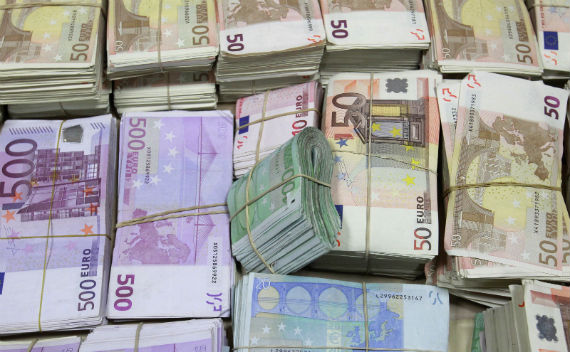Read of the Week: the Uphill Battle Against Money Laundering
More on:

On Tuesday, the UN Office on Drugs and Crime (UNODC) released a new report on global money laundering, “Estimating Illicit Financial Flows Resulting from Drug Trafficking and Other Transnational Organized Crime.” The upshot? It is really hard to estimate. But, the report does provide some tangibles. Surveying numerous studies, it calculates that illicit global proceeds amount to over $2 trillion dollars every year (roughly 3.6 percent of global GDP), with some $1.6 trillion of this laundered. Within these staggering figures, roughly $870 billion of these revenues relate to drug trafficking and organized crime, and close to $580 billion of those illicit funds are laundered through financial institutions. The study drills down and looks specifically at the global cocaine market, estimated at some $85 billion. Most of this, again, is laundered.
The report provides some hints as to how this happens. Of the $85 billion cocaine market, most (estimated at $61 billion) stays in the retail markets – the United States and Europe primarily. Producers – mostly Andean farmers – receive in total $1 billion, or just over 1 percent of the gross profits. This leaves, by their estimates, roughly $23 billion for those processing and moving the drugs from the fields to the domestic wholesalers. Shipping cocaine from producing regions to transit locations generates at least $8 billion in profits.
When it comes to laundering this money, at least half occurs locally, and most of the rest in nearby countries. In South America, the report estimates that some $13 billion dollars of laundered cocaine money likely flows into and through local banks and local businesses, and roughly $7 billion is probably cleaned nearby, often in the Caribbean. The report also touches on the profound (and mostly negative) impacts of these flows on local economies, including corruption, real estate price distortions, large income disparities, and weaker growth (since criminals aren’t usually looking for long term productive investments in local economies).
The report ends on a fairly pessimistic tone. Drawing on a separate, heavily cited 2009 report from the U.S. Department of Justice’s National Drug Intelligence Center, the UNODC estimates that Mexican and Colombia’s drug-related money laundering may amount to between $18 and $39 billion each year. The authors argue that, unlike taking down kingpins (who are easily replaced), seizing illicit funds has much more severe and long lasting impacts on illicit trade. But, then the report goes on to show that our global ability to find and stop these financial flows is abysmal – estimated at far less than 1 percent – not much different than the fees brokers charge to clients to buy and sell stocks, and less than hedge funds take to manage your (legal) money. With the cost of doing business – at least in terms of money laundering – remaining low, the UN office points out the vital need for international law enforcement to truly step up and follow the money.
More on:
 Online Store
Online Store
